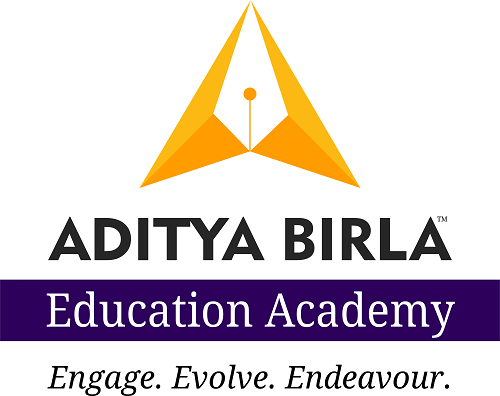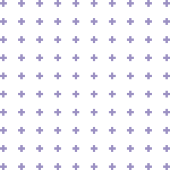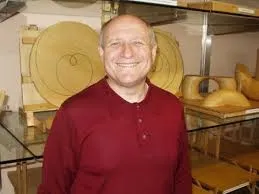Researchers tell us that until about fourth grade, most students will tell you that mathematics is their favorite subject. Yet we so often see, in older students, a fear and even hatred of mathematics. “Not a math person…” “It's too hard…” “Why do we have to learn this?” And so on.
So what have we done to turn off kids' minds like this?
It's an important question, with more than one answer. Perhaps the most obvious answer is that we formalize mathematics too quickly and in the wrong way. We concentrate on the mechanical aspects, and not on the logical connections that lie at the heart of our subject. Then kids quickly fall into the habit of memorization, of reacting to our symbols without interpreting their meaning. Mathematics becomes a sort of cookbook, a pastiche of recipes. To succeed in this sort of mathematics, you need to only recognize the type of question you've been asked, relate it to questions just like it that you've been previously asked, then apply the same technique you've memorized to deal with this type of problem.
We see this all the time: invert and multiply to divide fractions. Cross multiply to solve proportions. 'Is over of' to solve problems in percentage. Word problems 'by type'. The tragedy is that some people, and particularly some administrators of education, mistake this for mathematics—because they themselves don't understand what intellectual riches our subject offers.
The situation is exacerbated by the phenomenon of testing. When we measure teaching and learning with a standardized test, we simultaneously affect the nature of the teaching and the learning. Too often, something is not taught unless it is going to appear on the test. And then the most efficient way to teach it is to teach exactly those 'tricks' that, once memorized, will allow students to pass the tests. This drains the subject of its meaning.
Is this a necessary evil? Must tests do this? That's not an easy question. Yes, we need to evaluate what students know. And we need to evaluate our own work in getting them to know these things. But we must work on finding ways to do this which don't affect the very phenomenon we are trying to measure. It's the light-in-the-refrigerator problem: if we open the door to see if the light is on, we change the state of the light itself.
Thinking is intuitive. Its expression is formal. Rushing students to the formalism that expresses the thought, without helping them to intuit the thought, leads to disaster. The tension here is between the act of learning and the act of demonstrating learning. The best, most powerful lessons we learn are unconscious—they are learned before we know we have learned them, before we can communicate them to someone else. This is true of any learning, and it is true of mathematics. Meaning is built unconsciously with fluidity. Communication is built consciously with rigidity. Often we proceed from the one to the other much too quickly. We lose the fact that mathematics is not about numbers, not about figures. Mathematics is about figuring things out.
Our minds naturally seek to make meaning of the world—it's a characteristic of our species. Bird calls acquire words. Designs become symbols. Chance occurrences become superstition. We are not comfortable with simply observing the world. We have a deep need to interpret it, to organize the raw data we receive through our senses.
This is how we have survived as a species, so we need to have some reward for doing this. And in fact the reward is fun: we find fun in the creation of meaning. Just as athletes enjoy using their bodies, stretching their physical capabilities, so we, and our students enjoy exercising our minds. Not just lifting weights, not just remembering facts, but playing with the facts, connecting them, stitching them together to form a whole.
And that is something we can do through our teaching. Of course students need drill and practice. But we can turn this into more joyful learning if we give them a minimum of instruction, the smallest amount of information, and let them figure out the rest. Give them one example of factoring the difference of squares, then challenge them to fit other examples into the pattern. Show them how to subtract two digit numbers, and challenge them to figure out how to subtract a two-digit number from a three-digit number. Each exercise becomes a game, each algorithm a puzzle. We can turn standard problems into non-standard puzzles—through the act of teaching. It may take a bit longer. It may involve a risk to the teacher. But the time and the risk are worth it. The reward is that our students learning the joy of understanding.
A poor teacher seeks to turn the conceptual into the procedural. A good teacher seeks to turn the procedural into the conceptual.
A teacher training institute like Aditya Birla Education Academy (ABEA) helps teachers make learning at school fun for children.
Check out teacher training courses offered by ABEA.
Also read,
Effective Teaching Methods and How to Use Them
Impact of changing times on teaching methods. Find the best teacher training institute







